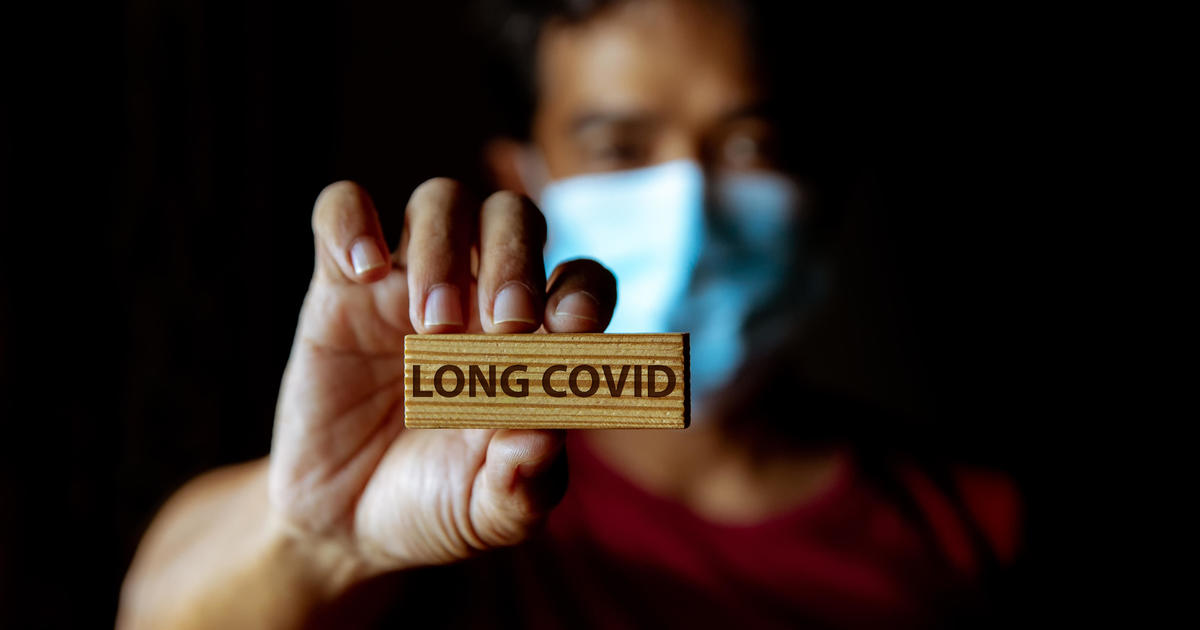
While a typical case of COVID-19 can prevent people from working for a few days or weeks, long COVID — the term for cases in which symptoms persist for months or even years — is forcing some workers to retreat from the labor force altogether.
An estimated 16 million working-age Americans suffer from long COVID, according to Census Bureau data. Between 2 million and 4 million of those adults are unable to work because of the condition, according to a recent report from the non-profit Brookings Institution that examines the disease’s effect on the nation’s labor force.
Symptoms of long COVID include extreme tiredness and fatigue; shortness of breath; difficulty thinking or concentrating, also known as “brain fog”; headaches; muscle pain and more, all of which can impair workers’ ability to do their job. The condition doesn’t only take a toll on an individual’s health, but has economic implications as well, with sufferers losing at least $170 billion a year in missed wages, the think-tank found.
“The message is we’re not making the right risk calculus. Saying, ‘I’m not going to go to hospital and die, I’ll be fine,’ is not the right away to think about it if we don’t understand the magnitude of long COVID,” Kathryn Bach, the report’s author, told CBS MoneyWatch.
The estimate of long COVID sufferers’ lost wages doesn’t take into account other costs, such as for medical treatments and lower productivity for those who continue to work but at a reduced capacity.
Long COVID’s impact may also explain some of the labor market shortages the nation has experienced during the pandemic. The U.S. today has about 600,000 fewer workers compared with February 2020, just before the economic shutdown that led to widespread layoffs and job cuts.
“I was not functioning”
Alli Rowe, a 36-year-old resident of West Tisbury, Massachusetts, and a climate scientist, contracted COVID-19 in October shortly before she became eligible for a booster shot. Nearly a year later, she still has symptoms, including brain fog, vertigo and fatigue.
Rowe, who is the mother of a toddler, at the time had just started a new job, working remotely as a climate and soil health scientist for the Washington, D.C.-based American Farmland Trust. She quickly realized that her ability to work was impaired, and that her condition was deteriorating.
“By January, I was not able to do simple tasks that I knew how to do before, and it was all of a sudden very apparent that I was not functioning anywhere close to my normal self,” Rowe told CBS News. “I was having a hard time remembering certain things, concentrating and thinking.”
To cope, Rowe started adding regular periods of rest into her workdays, an accommodation her employer was willing to make. She also cut back on her hours, but her symptoms persisted.
Scrolling through documents on a screen and taking back-to-back Zoom calls wasn’t helping, either. In May, she stopped working altogether.
“It got to the point where I just had to leave completely because I was getting worse and fearing for my ability to ever get better and be able to safely go about my day,” she said.
Rowe has been earning a portion of her salary through Massachusetts’ paid family and medical leave program. But that assistance expires at the end of August, when the family will become entirely dependent on her husband’s income as the controller of a private club.
“It’s been hard, and it will continue to be hard because we live in a place that’s expensive and we weren’t planning on being on one income with a child,” she said. “We definitely have taken a hit financially because of my loss of income.”
No clear treatment
People with long COVID also face other costs beyond lost wages, experts note.
“One’s lost income is a major concern, but on top of that there are also the medical costs because so much remains unknown about long COVID,” said Columbia Business School healthcare professor Carri Chan. “There is no clear treatment. A lot of it is trial and error so that can also become costly.”
For example, because Rowe still hasn’t recovered from COVID, she continues paying for child care for her son. She has a slew of medical appointments and also gets physical therapy, craniosacral therapy and acupuncture regularly.
“That’s a huge financial stress of me having a disability in addition to the loss of income,” she said.
An accomplished athlete, Rowe is used to persevering and “pushing through” pain. But her advice to other COVID-19 long haulers is to take the opposite tack.
“I have pushed through so much of my life. I have been a long-distance athlete, I had a baby with Pitocin and no epidural. I have a lot of grit. But if I had just continued to push through this, I would have been worse and worse and worse,” Rowe said. “It was a really good lesson that pushing through is not always the solution.”

